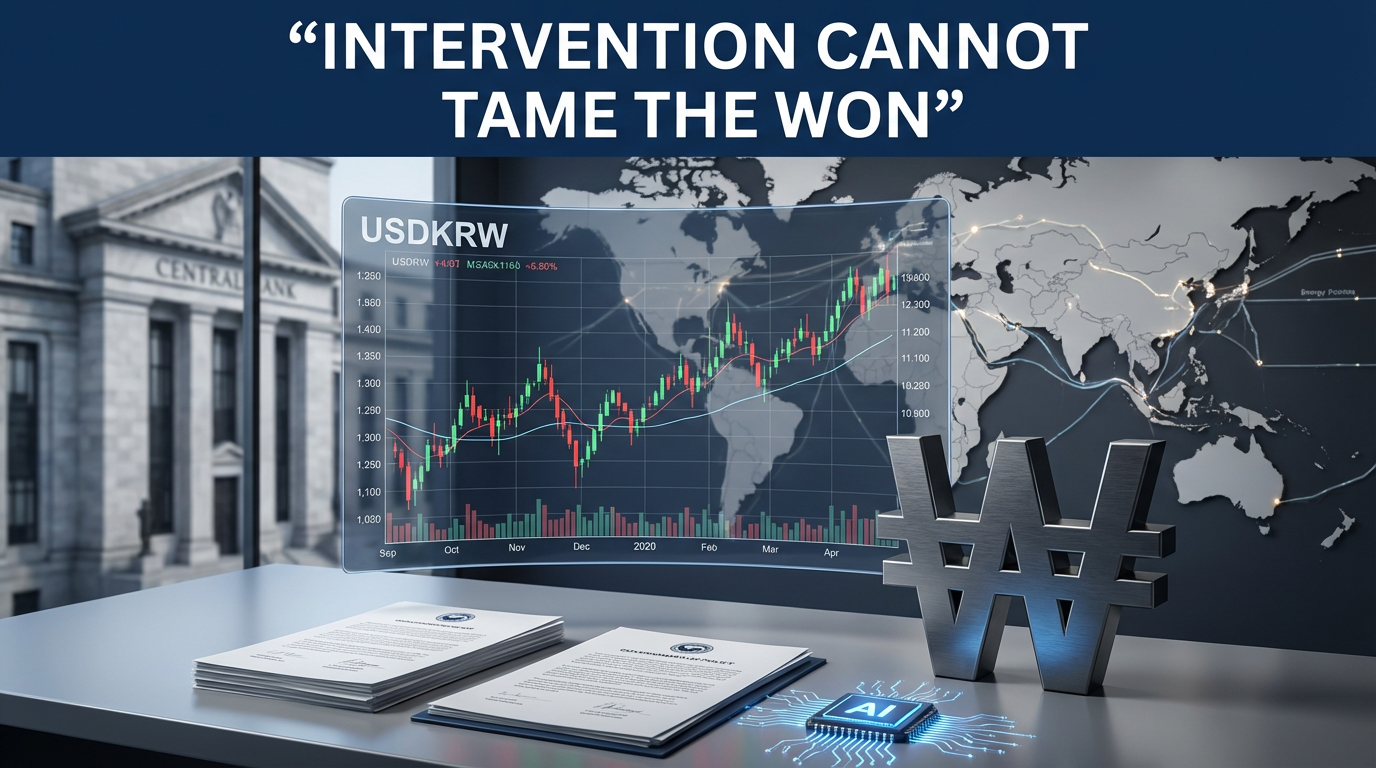“Central Banks’ Gold Rush- Korea lags behind.
“
[ Central Banks' Gold Rush- Korea lags behind.
]
Global Trends and Background of Central Banks' Gold Holdings
The reason why central banks have significantly increased their gold holdings is due to the uncertain currency values and increased geopolitical risks since the 2008 financial crisis.
Central banks had been net sellers since the 1980s, but turned to net gold purchases after quantitative easing and the global financial crisis from 2010.
In particular, in 2022, gold purchases increased to 1,000 tons, twice the annual average of 500 tons, and the upward trend is expected to continue.
This trend was largely driven by geopolitical factors such as the Russia-Ukraine war and sanctions against SWIFT.
Gold has been recognized as a safe asset that no one can control, and has been chosen by central banks as part of their strategy to diversify foreign exchange reserves.
Timing and Background of the Shift to Gold Purchases
As currency supply expanded due to quantitative easing policies after the 2008 global financial crisis, central banks began to reduce their dependence on dollar assets.
The continued net gold purchases since 2010 were a strategic move to hedge against economic instability and inflation risks at the time.
In particular, in 2022 and 2023, gold purchases recorded all-time highs as geopolitical tensions escalated.
The background behind central banks' choice to hold gold is the distrust of the dollar-centered foreign exchange reserve system and international political risks.
Geopolitical Instability and Increased Gold Demand
As geopolitical uncertainties such as the Russia-Ukraine war, Middle East conflicts, and economic tensions between the United States and China/Russia intensify, gold has become an even more important safe asset.
When war and uncertainty increase, gold prices are used as a means to increase defense spending and secure foreign exchange reserve stability.
In addition, gold is difficult to trace after being melted down and can be freely circulated in the global market, making it a preferred asset for central banks and countries.
In this context, central banks are frantically increasing their gold holdings to structurally strengthen their foreign exchange reserves.
The Bank of Korea's Gold Holding Strategy and Its Limitations
The Bank of Korea has been criticized for not actively expanding its gold holdings since 2013.
Other Asian countries, especially China, are rapidly increasing their gold holdings to strengthen the stability of their foreign exchange reserves.
Korea's gold ratio in its foreign exchange reserves is only about 2%, which is significantly insufficient compared to 50-75% of major countries such as the United States and Germany.
This situation is analyzed as a result of Korea's focus on strategic alliance and economic cooperation with the United States, and its choice of a dollar asset preference policy.
However, in a situation where global geopolitical instability is intensifying, the Bank of Korea's approach needs to be reconsidered, given that securing the stability and liquidity of gold is a more important strategic asset.
Foreign Exchange Reserve Structure and Future Safe Asset Management Strategy
Foreign exchange reserves determine each country's financial stability not only by their total amount, but also by their composition ratio.
While major countries such as the United States and Germany have more than 50% of their foreign exchange reserves in gold, Korea's gold holding ratio is very low.
As such, the ability to manage assets freely and safely through gold holdings is a common interest of central banks around the world.
In geopolitical risk and financial crisis situations, gold is considered the best safe asset along with the dollar, so Korea should also consider a strategy to increase the proportion of gold in its portfolio composition.
Restructuring the structure of foreign exchange reserves and effectively allocating safe assets such as gold for long-term economic stability is an important task for the future.
< Summary >
Central banks have been expanding net gold purchases due to geopolitical instability and concerns about currency devaluation since the 2008 financial crisis, and have been recording all-time high gold purchases since 2022.
In contrast, the Bank of Korea has hardly increased the proportion of gold in its foreign exchange reserves since 2013, showing a difference from the global trend.
At a time when geopolitical risks are increasing, restructuring foreign exchange reserves considering the stability and liquidity of gold is emerging as an important strategic task.
[More…]
Gold – https://nextgeninsight.net/?s=%EA%B8%88
Foreign Exchange Holdings – https://nextgeninsight.net/?s=%EC%99%B8%ED%95%9C%EB%B3%B4%EC%9C%A0
*YouTube Source: [경제 읽어주는 남자(김광석TV)]
– 중앙은행 금 사재기 폭발! 美·독일은 75%나 쌓아두는데… 한국은행의 금 보유량은 왜 늘지 않았나? | 경읽남과 토론합시다 | 양베리(조규원) 3편



